Permits are approved, and construction was expected to start two years ago, but now the site remains undisturbed while the project developer has received an extension for two loans totaling $80 million. Both JPMorgan Chase Bank and United Overseas Bank have pushed the deadline for Hines through October for two $40 million loans pertaining to the 61-story proposal at 550 Howard Street in SoMa, San Francisco. If built today, the mixed-use tower could become the fourth tallest tower in the city.
The project is a joint venture with Hines, Urban Pacific, and Goldman Sachs Asset Management. The news of a loan extension was first reported by Laura Waxmann for the San Francisco Business Times this Wednesday. According to Waxmann, Hines “confirmed the loan extension on Friday but declined to comment on the status of the project or whether it is trying to sell the site.”
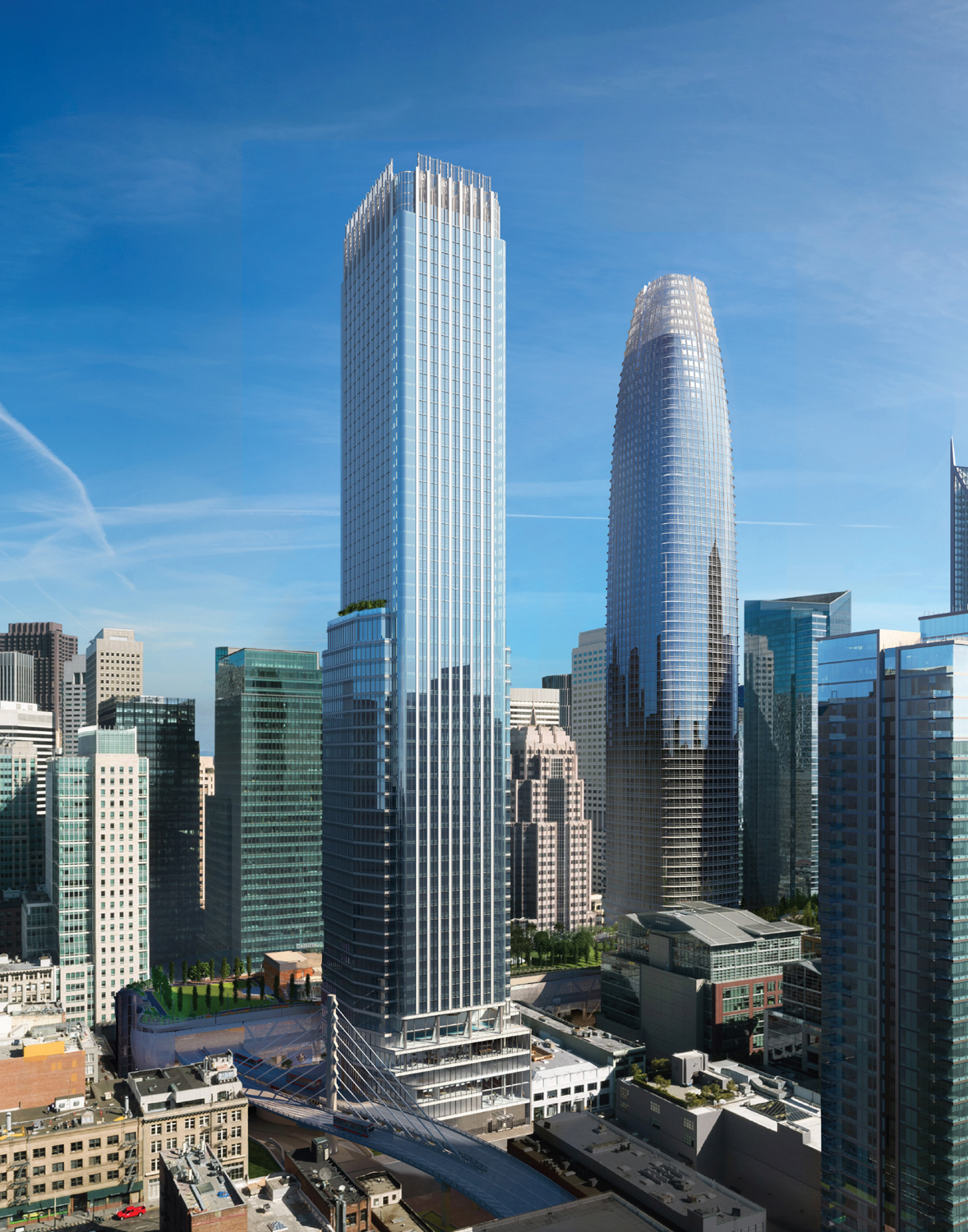
550 Howard Street, design by Pelli Clarke Pelli
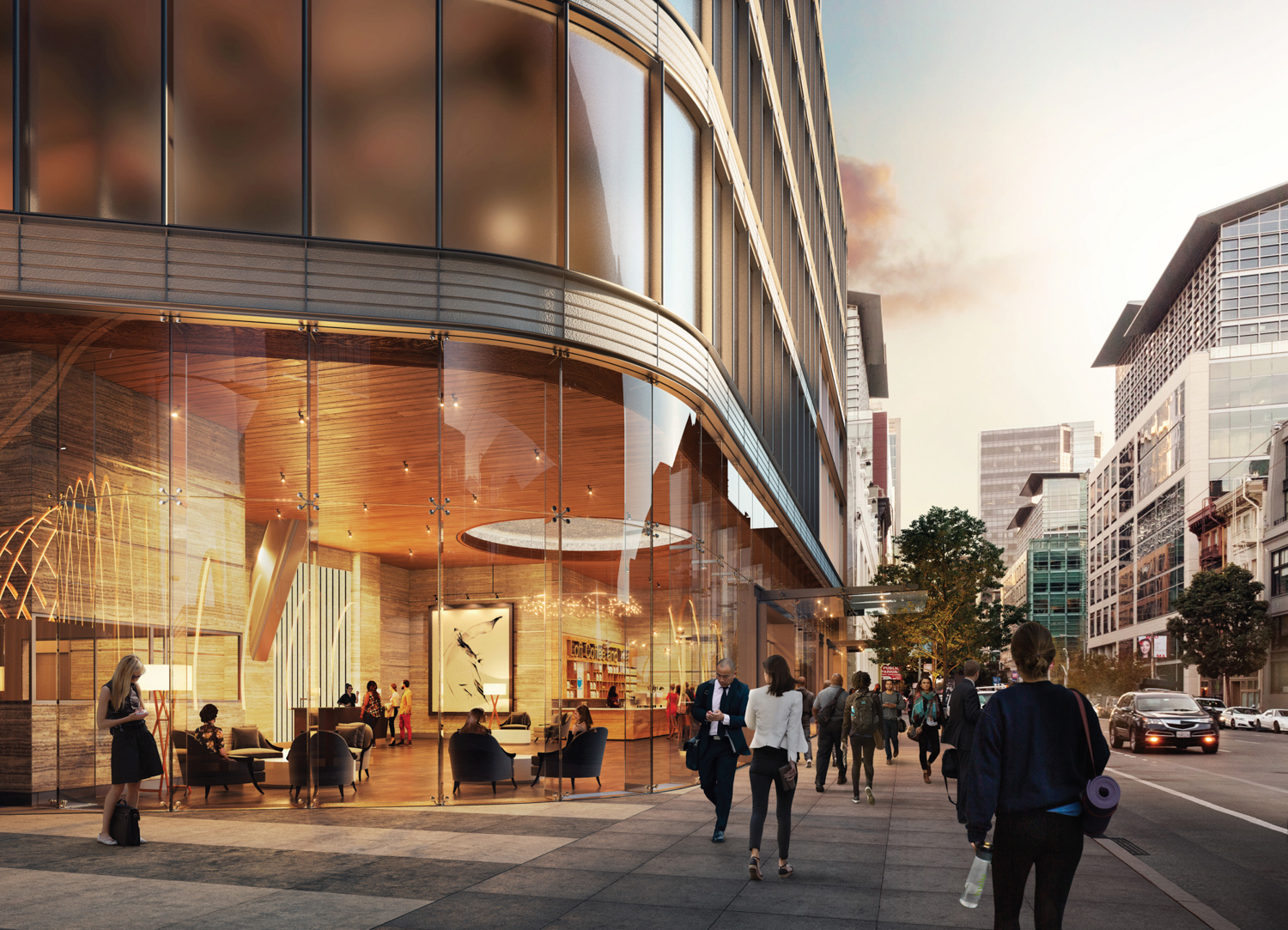
550 Howard Street along Howard Street looking east, design by Pelli Clarke Pelli
Waxmann also notes that Hines will be required to pay $160 million in quarterly installments starting next year and ending in 2027 to the Transbay Joint Powers Authority. The public authority sold 550 Howard Street to Hines in 2016 for $160 million.
The 61-story proposal is expected to rise around 806 feet. From its 957,000 square feet floor area, there is expected to be 325,000 square feet of offices, 165 apartments, and 189 hotel guest rooms managed by Rosewood Hotels & Resorts. Approximately 9,000 square feet of retail will open on the podium, alongside parking for 212 bicycles and 183 vehicles.
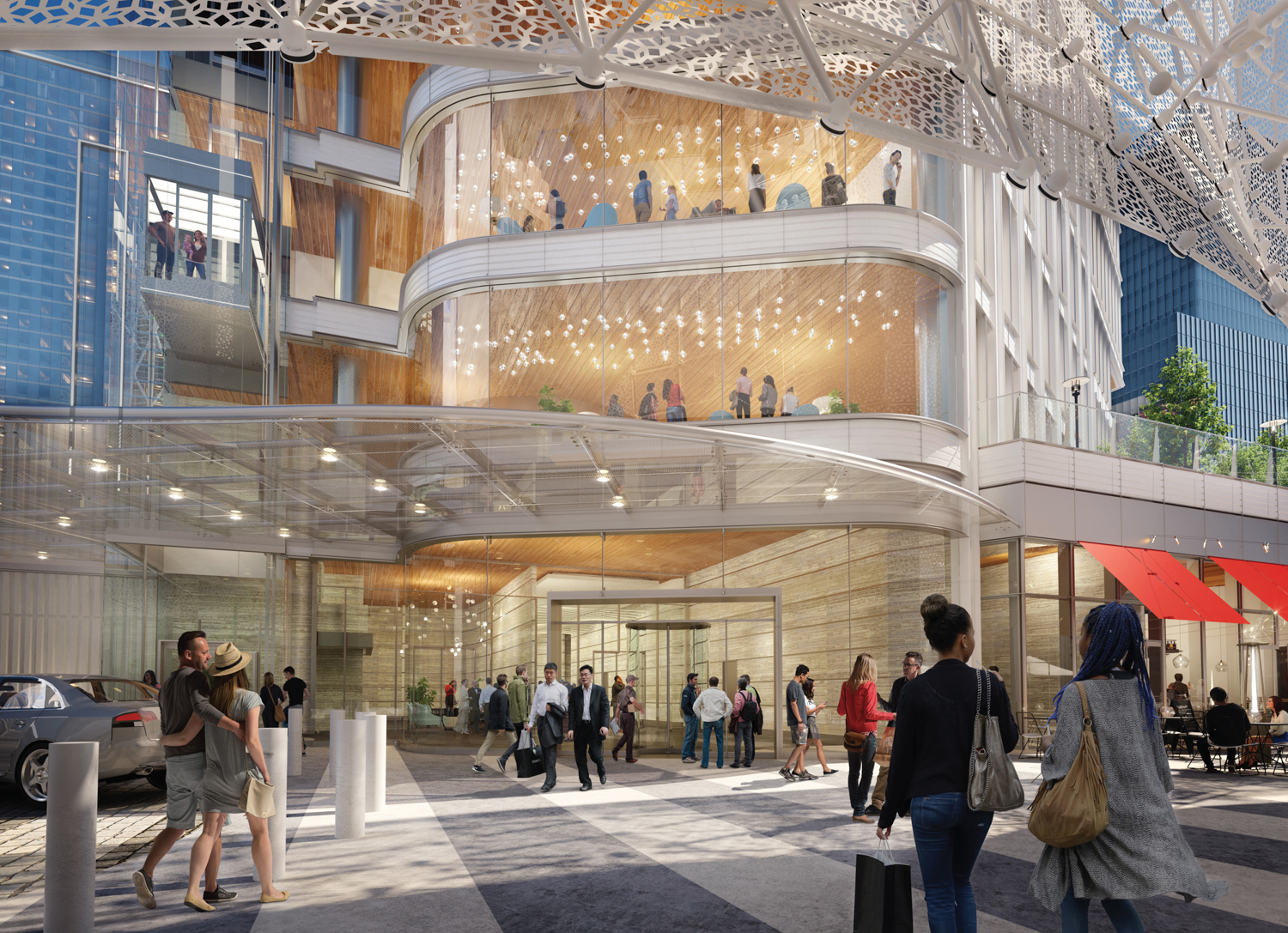
550 Howard Street viewed from Natoma Street, design by Pelli Clarke Pelli
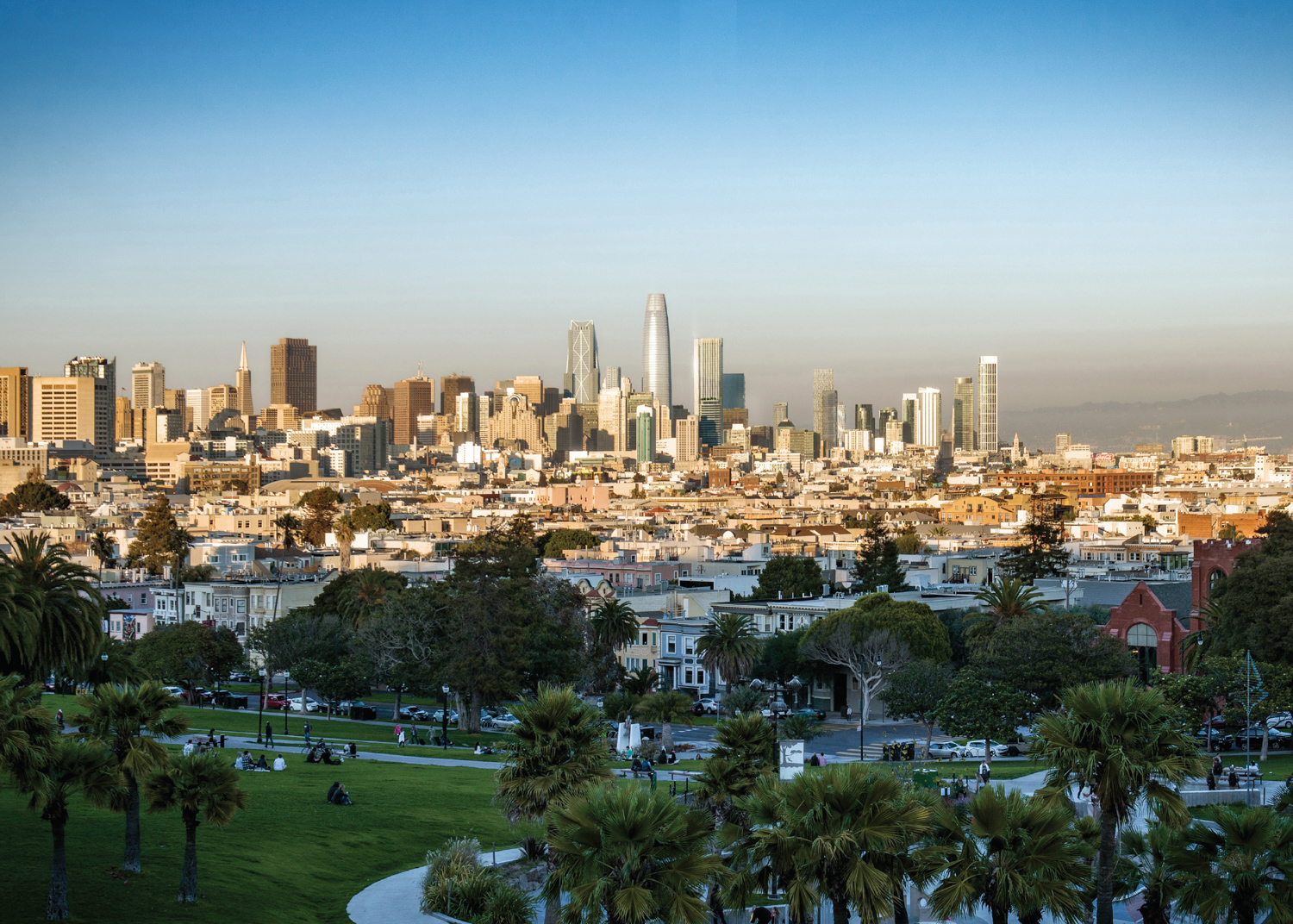
550 Howard Street viewed from Mission Dolores Park to the right of the Salesforce Tower and Oceanwide Center, design by Pelli Clarke Pelli
Pelli Clarke Pelli Architects, the same firm responsible for the Salesforce Tower, is responsible for the design. The project will be clad with a curtain wall facade extending to the street level. The public will find public elevators going to the fifth floor, where there will be some retail shops and a bridge connecting the building with the Transbay Transit Center’s blocks-long rooftop park.
Hines has been responsible for some of the most significant projects across the city, including the Salesforce Tower. Salesforce was expected to occupy the 15 floors of office space within Parcel F but pulled out in early 2021.
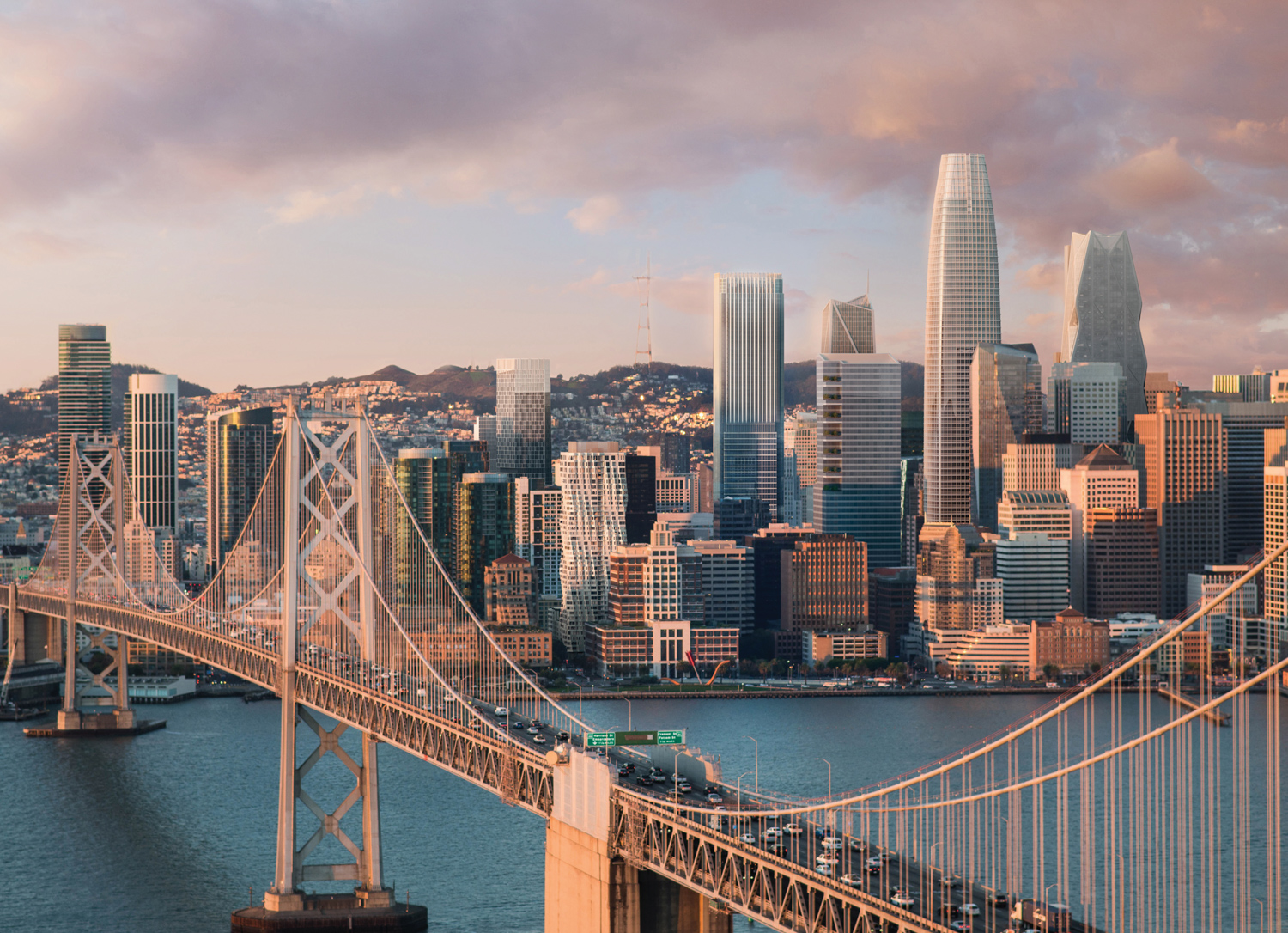
550 Howard Street between the Bay Bridge, design by Pelli Clarke Pelli
The Texas-based developer firm has 27 projects across the Bay Area and five in Sacramento, and Parcel F is just one of several skyline-altering proposals in their pipeline. The firm purchased the PG&E 200 Mission Street Campus for $800 million with plans to construct the city’s second-ever supertall at 50 Main Street in partnership with Foster + Partners. Plans for Transbay Block 4 would bring 681 new homes and retail in a 47-story tower overlooking a planned new public park. Across the Bay, plans for 415 20th Street would become the tallest building in Oakland and in the Bay Area outside of San Francisco.
Subscribe to YIMBY’s daily e-mail
Follow YIMBYgram for real-time photo updates
Like YIMBY on Facebook
Follow YIMBY’s Twitter for the latest in YIMBYnews

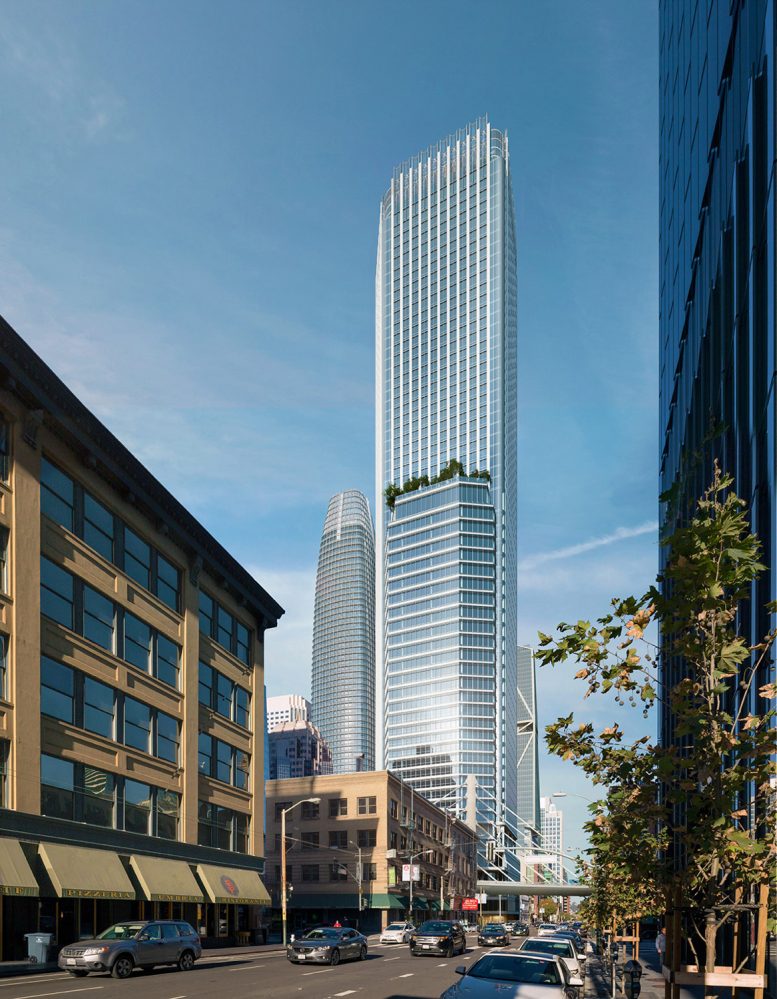
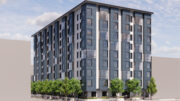
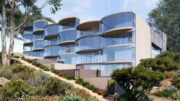
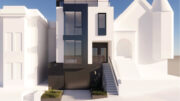

It’s still puzzling that only 1 skyscraper is currently under construction in San Francisco. I’m curious if anything the city is working on currently on a policy level is actually going to make a difference.
Oh, the policies the city are working on HAVE MADE a ton of difference. SF is on a rapid decline 100% due to their policies. And it’s those policies that are making businesses shutter while making developers reconder.
So like you, I’m shocked 1 skyscraper is currently under construction, rather than none.
…making developers reconsider.
Build it before I’m dead, please.
The demand simply isn’t there. I believe we’re in a prolonged wait-and-see period with San Francisco. Can’t imagine we’ll have any new skyscrapers break ground in the next 24 months.
Let’s get this iron up!!! Ironworkers will get this Tower erected in no time.
Wish we could build more like 140 New Montgomery, but whatever.
3rd and Howard, some fifty years sgo, use to be called “skid row” or where “bums” hung out.
Now the entire City is one giant reeking open Cess Pool.
I’m not sure the city policies are to blame here. The main issue is that many of these skyscrapers were designed and/or in approval phase prior to the pandemic. However, the pandemic dramatically changed the way people work in offices, use the space in their home, shop, and travel. So all these buildings that were designed and planned based on a lifestyle that existed prior to the pandemic are stalled because it is no longer profitable to market to that lifestyle. Going forward developers will most likely find it less profitable to invest in office space and in-person retail space (which parcel F heavily focuses on). But it will still be highly profitable to invest in residential space. Particularly if the new residential designs are marketable to a work from home lifestyle. The future of San Francisco’s skyscrapers is not dead, but developers are having to smile and twittle their thumbs while their research teams and design teams rapidly alter existing plans and devise new proposals that make more sense. This might take some time though, because we lack the years of data that would normally be used as a foundation to justify safe investment.
I’m not sure the city policies are to blame here. The main issue is that many of these skyscrapers were designed and/or in approval phase prior to the pandemic. However, the pandemic dramatically changed the way people work in offices, use the space in their home, shop, and travel. So all these buildings that were designed and planned based on a lifestyle that existed prior to the pandemic are stalled because it is no longer profitable to market to that lifestyle. Going forward developers will most likely find it less profitable to invest in office space and in-person retail space (which parcel F heavily focuses on). But it will still be highly profitable to invest in residential space. Particularly if the new residential designs are marketable to a work from home lifestyle. The future of San Francisco’s skyscrapers is not dead, but developers are having to smile and twittle their thumbs while their research teams and design teams rapidly alter existing plans and devise new proposals that make more sense. This might take some time though, because we lack the years of data that would normally be used as a foundation to justify safe investment.